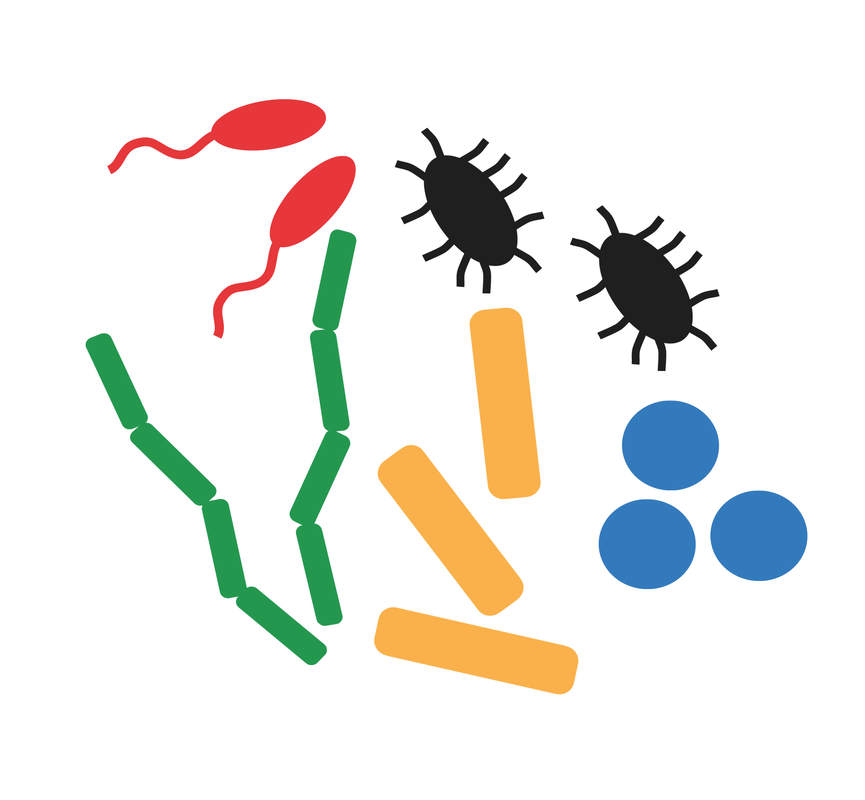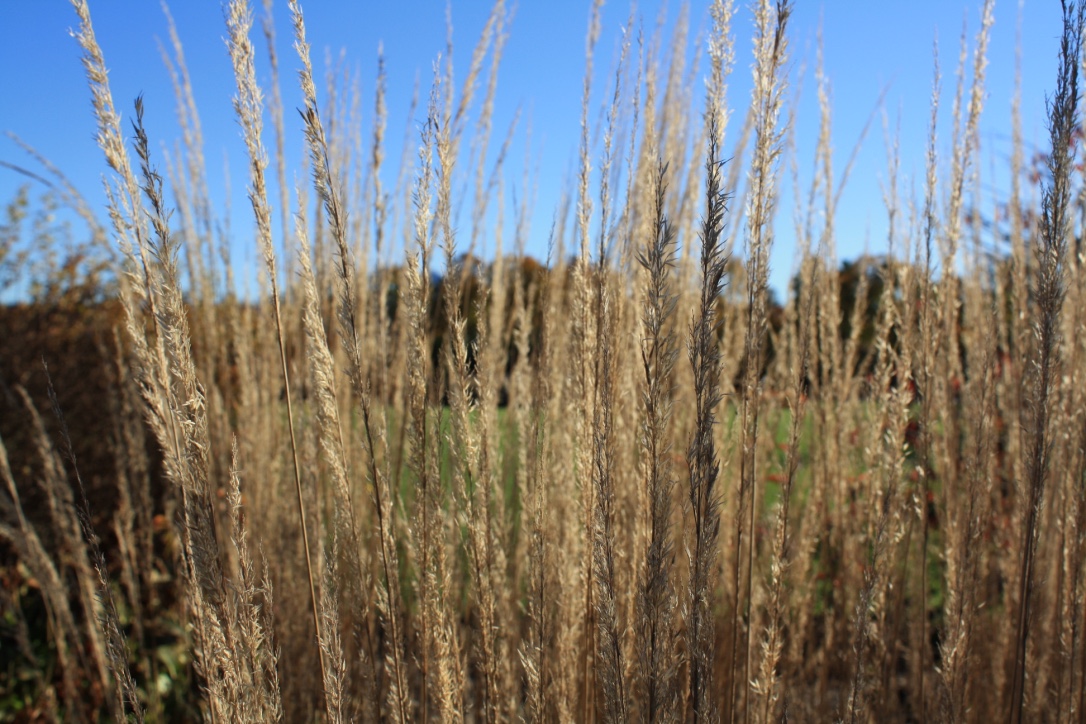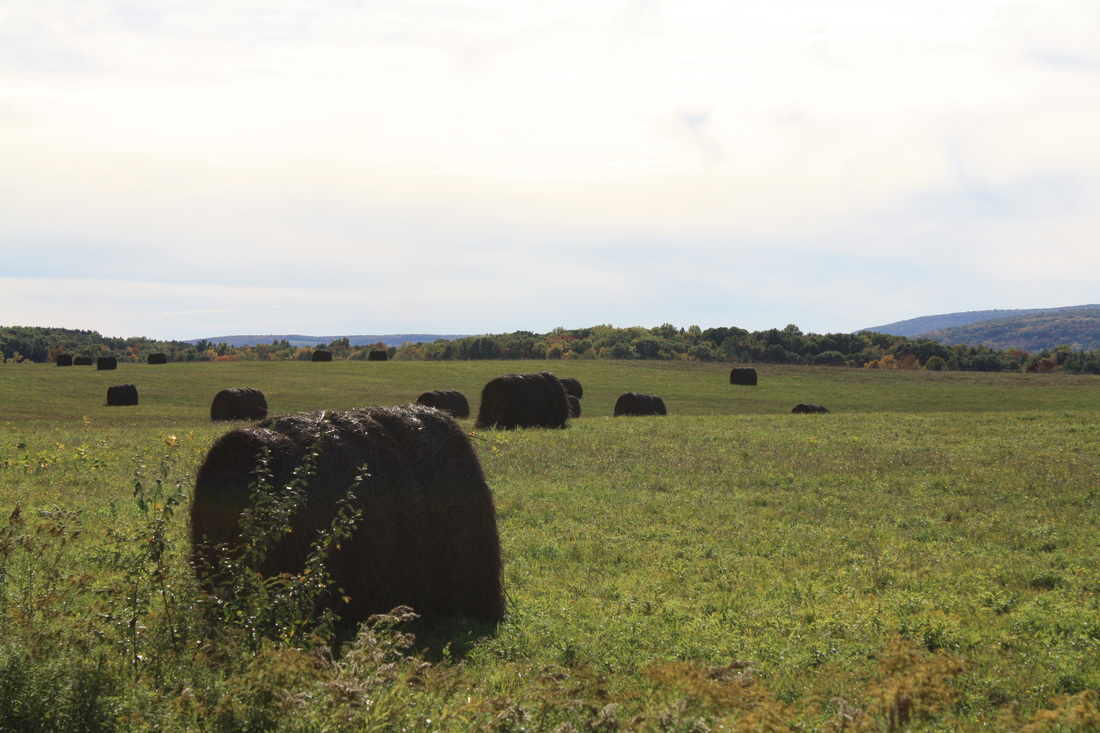Current Courses at UTSC
EESC30H3 – Environmental Microbiology
Offered each Winter
 Microbes are everywhere and are the oldest organisms on Earth. They play key roles in global processes, including biogeochemical cycling, primary production, and the health of plants and animals. Microbes gave us a high oxygen atmosphere and helped plants to colonize land. They are ubiquitous and essential.
Microbes are everywhere and are the oldest organisms on Earth. They play key roles in global processes, including biogeochemical cycling, primary production, and the health of plants and animals. Microbes gave us a high oxygen atmosphere and helped plants to colonize land. They are ubiquitous and essential.
In the past 10-15 years, revolutionary tools have finally allowed us to observe and appreciate the immense diversity of microbes in the environment. Through this new lens, we see that microbes can be both incredibly resilient and incredibly sensitive to environmental change. Human activities have massive impacts on microbial composition and function across the world, with hard-to-predict consequences. Industry aims to harness microbial activities for human gain. The extent to which we can control immense microbial powers in the environment remains to be seen, but it’s clear that microbes hold the world in their cilia/hyphae/biofilms/etc…
Students in this course will be introduced to:
- What microbes do and why it matters
- Classical and emerging methods for studying microbes
- Microbial diversity and microbial roles across environments
- The potential for managing microbes and microbial functions in the environment
- Careers and desired skills in environmental microbiology
- Critical analysis of papers in environmental microbiology
- How to use freely available bioinformatics tools to explore microbiome data




Previous Courses at Penn State
PPEM 440 – Introduction to Microbiome Analysis
This course aimed to:
1. Provide a variety of practical tools for the study of microbiome-related high-throughput sequencing data.
2. Ground students in the literature of a fast-moving field, while differentiating the microbiome concept from traditional microbiology.
Teaching was geared at students with minimal background in computer science, but a solid background in ecology, microbiology, soil science, or a related field. The goal was to not only teach the mechanics of existing sequence analysis tools, but through hands-on projects, learn how to learn unfamiliar computer programs.
PPATH 840 – Major Writing Projects: Start to Finish
In this course, students pursued a major writing project (e.g. thesis proposal; manuscript) from start to finish. The course focused on clarity of communication as opposed to grammatical skills.
The course incorporated numerous exercises, a rigorous writing schedule, and extensive peer review, with me as a writing coach rather than a judge. Our goal was to improve the quality of student projects, with the understanding that students enter graduate school with vastly different writing abilities and experiences.
Previous Workshops Offered
- Leveraging peer review to build better USDA Predoctoral applications (co-run with Liana Burghardt and Jill Hamilton)
- Development of NSF GRFP Applications through peer review (co-run with Liana Burghardt)
- Introduction to Adobe Illustrator
- Writing productivity series
- Learning to apply R to microbiome data
- Microbiome analysis using open-source software